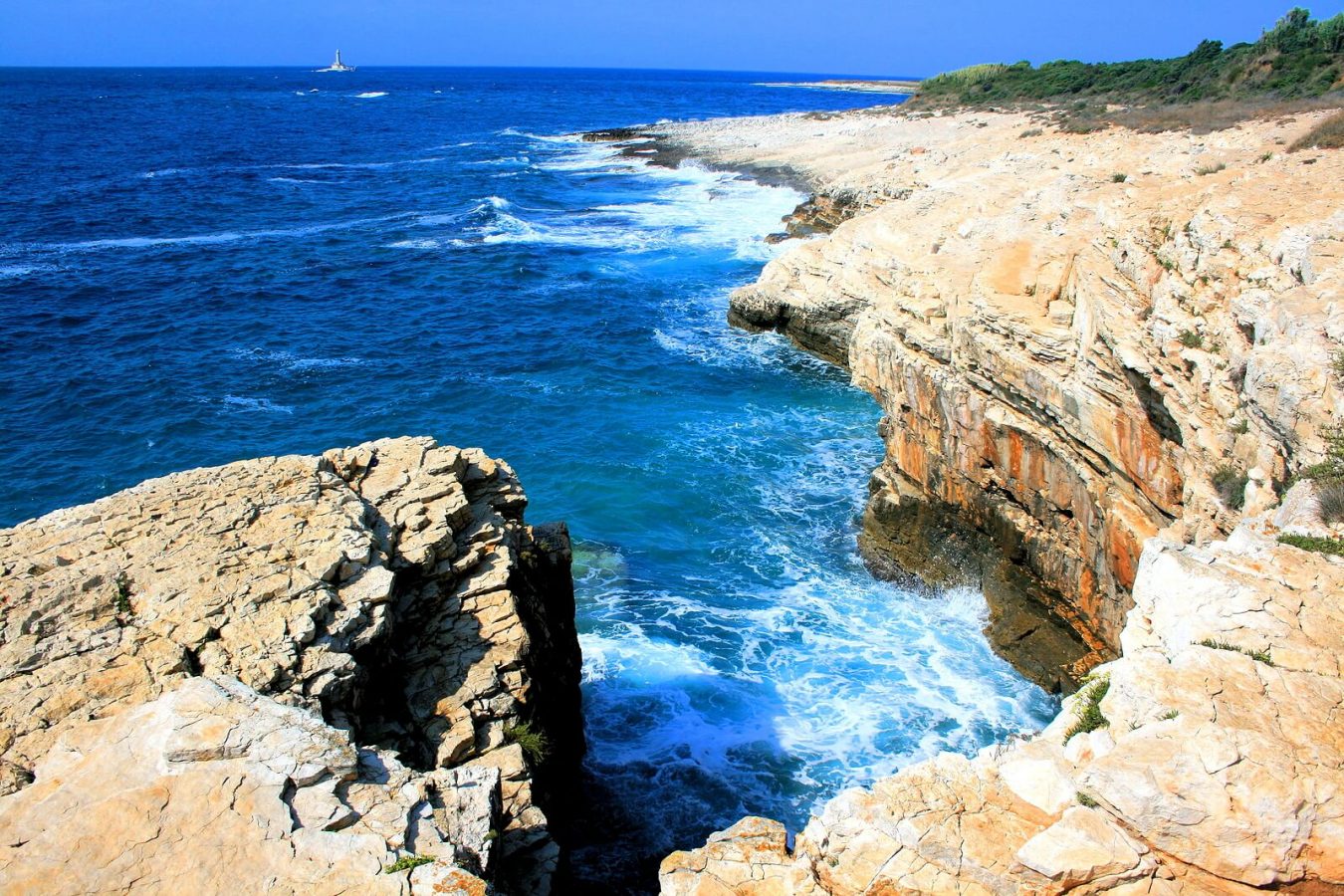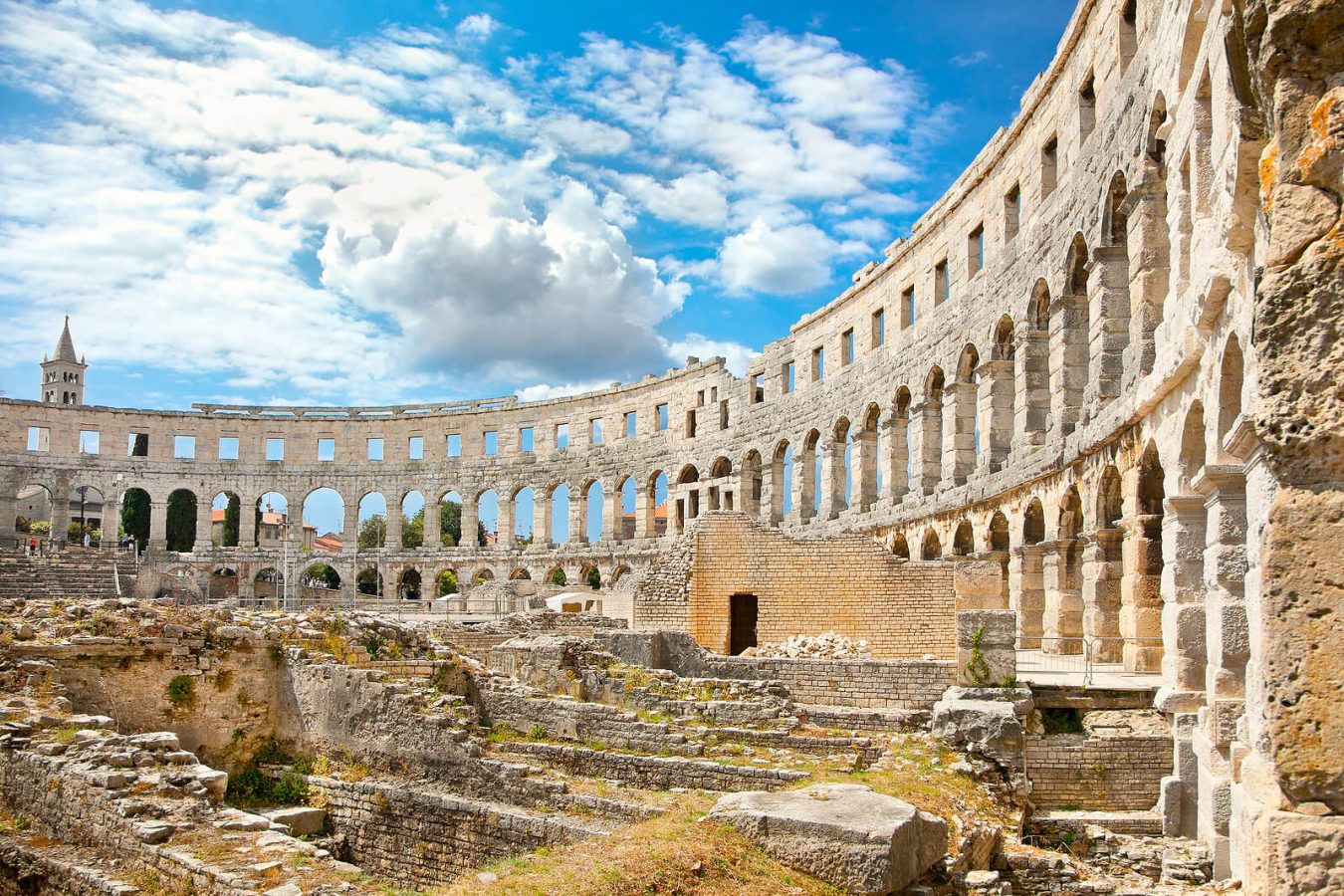Table of contents
The best time to swing by hinges on the experience you"re after. Late spring and early fall are usually the prime times, offering a mix of mild and comfortable weather; you can escape the tourist-heavy summer periods and avoid peak prices.
The climate sits comfortably between 15°C and 25°C (59°F to 77°F), optimal conditions for checking out historical spots, partaking in outdoor ventures, or even taking a dip in the early morning.
Summer appeals to beach buffs and festival enthusiasts, known for its generous sun and vibrant events. If tranquillity is more your speed, visiting during the low season can be a serene retreat with fewer fellow travellers. However, it"s not the top choice for swimming or beach-based activities.
This breakdown should offer some guidance on timing your visit according to each season"s perks in Pula and what you can do in Pula during each season.
Visiting Pula in Spring
Spring in Pula is beautiful, with warming temperatures, blooming flowers, and relatively dry weather. The days grow longer, and the Adriatic Sea begins to warm, though it may still be a bit cool for swimming in April. By May and June, the sea becomes more inviting, and the city feels lively without the peak-season crowds.
What to do in spring:
- Visit the ancient landmarks of Pula: The spring season is the best time to experience the city"s popular historic locations, such as the Arena and Temple of Augustus. This lets you explore without stress from the usual summer crowd.
- Outdoor activities: The temperate weather makes it perfect for adventurous outdoor activities, such as hiking and cycling. Kamenjak Nature Park, a picturesque region south of Pula, is a favourite spot due to its rocky shores, clear waters and beautiful blossoms.
- Truffle search: The region of Istria is known for its prized truffles. Spring offers an opportune time to taste excellent local cuisine prepared with truffle flavouring and even join in truffle hunting tours located around Motovun or Buzet.

Visiting Pula in the Summer
When summer hits, it brings an influx of tourists to Pula. Heat dominates, with the temperatures grazing between 25°C and 30°C (77°F to 86°F). The Adriatic becomes inviting for a swim, while the city vibrates with music and merriment in the form of festivals and events.
Things to do in summer:
- Hit the beaches: Be it Verudela Beach, Ambrela Beach, or Valkane Beach, Pula’s shores are at their best in summer. Enjoy a swim, soak up some sun, or take part in aquatic sports like snorkelling, kayaking, or paddleboarding.
- Festival hopping: is renowned for its summer fiestas. The Film Festival within the significant Roman Arena is worth attending. Actual screenings in a historical setting are one you won"t forget. Music lovers can groove away at the Outlook and Dimensions Festivals that draw an international audience.
- Visit islands: Summer offers prime boat-tripping opportunities to proximate islands such as the Brijuni Islands. Discover its untouched landscapes, historic remains, and wild creatures since it"s a national park.
Visiting Pula in the Fall
September in Pula continues the warmth of summer with daytime temperatures around 68°F to 77°F, ideal for swimming and sunbathing. As October arrives, there"s a slight drop in temperature but it remains conducive for outdoor activities.
Activities for autumn:
- Enjoy quieter beaches: The falling tourist crowd in autumn makes the beach peaceful. With the ocean still warm, September ranks high for beach time.
- Explore local produce: Autumn marks the harvest period in Istria, an opportune time to discover local vineyards and olive plantations. Blessed with some of the finest wines and olive oils in the world, these farm visits promise a delightful experience.
- Cultural Immersion: As tourist footfall decreases, get a closer look at Pula"s cultural background. Spend your time exploring the Archaeological Museum of Istria or soak in the rich architecture showcasing Roman, Venetian, and Austrian influences by wandering through the old town’s narrow lanes.

Visiting Pula in Winter
In the winter, Pula has a gentle chill, featuring temperatures from 41°F to 59°F. Rainfall increases, and beachside spots and eateries often shut down for the season Yet, Pula still offers an alluring for those desiring a peaceful experience in a local setting.
Winter activities include:
- Discovering Pula"s Roman past: The visitor count decreases during winter, making it prime time to view Pula’s Roman relics at leisure. You can explore the Pula Arena, Forum Square, and Twin Gates without the interference of summertime masses. This brings a serene ambience, giving you an unhindered taste of history.
- Savouring Pula’s food culture: Winter presents a splendid opportunity to dine at Pula’s snug eateries and taste the area’s fresh seafood, truffles, and filling Istrian plates. Keep an eye out for seasonal delights like fuži pasta with truffles and grilled fish from the Adriatic.
- Engaging in local festivals and Christmas markets: December imbues Pula with a festive aura, marked by Christmas markets, illuminations, and winter events across the city. This offers visitors an intimate yet enchanting time to explore.